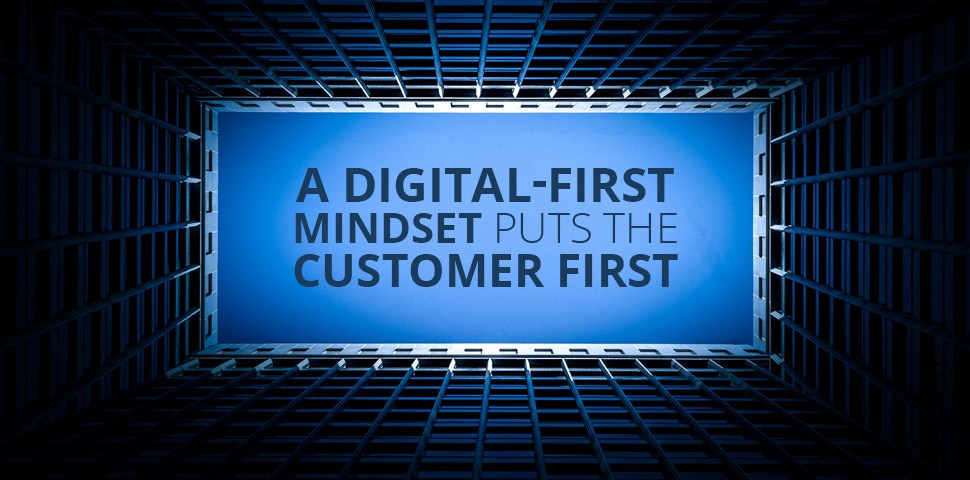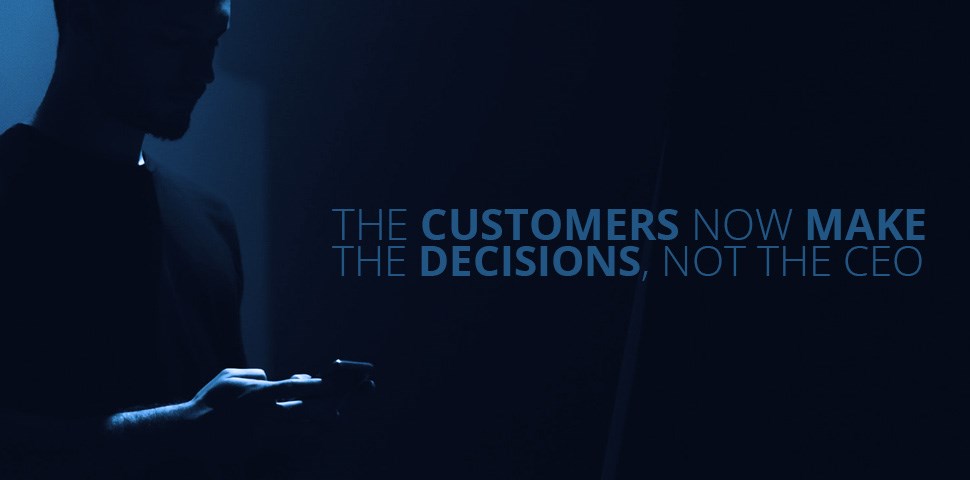The term ‘digital transformation’ is thrown around a lot – and no one really knows what it means.
It’s a bit like Eskom’s ‘load-reduction’.
The truth is, if your organisation hasn’t got on board with digital transformation, it’s in big trouble. Digital has been ‘the now’ for ages, yet its adoption by some businesses and industries has been slow.
Why? Because some CEOs have a ‘we’ve always done it this way’ mindset, which means they don’t understand what digital transformation is, and why they need to adopt it.
According to the PwC 2020 Global IQ report, 52% of the companies surveyed have cut or deferred investments because of COVID-19, but only 9% of companies made cuts in digital transformation.
The report also revealed a group of companies that consistently invest in digital and business innovation; the report refers to this group as “the winning 5%”.
It’s this 5% of businesses that grow and succeed, despite things like pandemics.
Read on to see how your organisation can be part of that percentage – and why digital marketing should pave the way.
What is digital transformation?
Put simply, it’s when a business’s offline systems are digitised for efficiency and scale. At its core, any digital transformation has to be customer-centric, because businesses need to go where their customers are – and their customers’ lives are now digital.
An organisation that leads their business and marketing strategy with a digital-first mindset puts the customer first, and digital transformation is pivotal to optimising customer experience.

It takes more than new software for a business to be digitally transformed: digital isn’t just IT – it’s a mindset, from the top down. Your whole corporate strategy needs to be led by digital: in 2021, it can no longer be an afterthought.
What does digital transformation MEAN?
Of course, the IT department plays a role in digital transformation, but for it to be successful, it has to entail a shift in thinking throughout the whole company.
Remember, the end-game of going digital for most businesses is to improve customer experiences: if everyone isn’t 100% on board with that, from the CEO to the marketing people, it’s not going to work.
“Businesses used to rely on manual processes but we've all changed the way we work, so we have to change the way we trade and produce, too – and the way we engage with customers,” says Firewater’s FireChief, Mark Stecker.
Along with being customer-first, digital transformation is more about adoption than anything else. Yet some companies have been very slow to catch on.
“The whole notion of ‘we'll tell the customers what they need and they'll just follow’ has changed,” says Mark.
Plus, consumer behaviour has changed: potential customers now put in a whole lot of online research before making a buying decision (their minds are often made up before they even come across your marketing).
“You can no longer talk at your customers – now you need to engage with them; you need to ask them how they prefer doing things and what works for them, not the other way round.”
In 2021, a business that's not putting their customers first and resisting digital change is treading water. They’ll sink at the first sight of disruption.

“The customers now make the decisions, not the CEO,” adds Mark.
The truth is, many C-Suite executives don’t understand that tech and consumer behaviour works hand in hand: many CEOs try to keep up by following competitors instead of by leading with innovation.
They’re not the 5%.
Digital transformation isn’t only about putting all your products online, either. You need a strategy focusing on how your website, app, service or product makes your potential and existing customers’ lives better.
That’s where digital marketing comes in.
The role of marketing in digital transformation
Even if your offering or platform puts your customers’ (and suppliers’) experience first, it’s no longer a case of 'build it and they will come'.
In 2021 you can’t just sit back and expect potential customers to find you – with B2B, it's all about pull strategies. Not only does your platform, product or app need to be customer-centric, people need to know why they need to use it.
It’s not enough just have a great product – your business also needs a digital marketing strategy to increase brand awareness, engage with potential customers, and nurture relationships with existing customers.
“There's hardly any business right now that can't use a content strategy, specifically,” says Mark.
“Are you the go-to for industry-related content, like thought-leadership articles or how-to videos? If you are, logically your sales would increase.”
In fact, digital marketing should lead digital transformation. Marketers have a valuable tool at their disposal: data. This data reveals trends and customer insights, and it can inform future business planning.
It works the other way, too: digital transformation helps show what does work and what doesn’t when it comes to digital marketing. Digital transformation means access to user-data and metrics, so marketing plans can be easily tweaked and are far more targeted.

Digital has been accelerated; it’s time to adapt
Businesses need to adopt the right digital transformation strategies that will not only see them come out of the other side of the pandemic, but to future-proof their business and scale, too.
The same goes for your organisation’s digital marketing – part of the digital transformation strategy should focus on how to get customers to use your platform, app, or online service through engaging and informative content. People need to know how to use what you’re offering – and why to use it.
Many businesses still haven’t realised that there’s been a huge digital shift in 2020, however – and it’s not just about buying Woolies groceries online.
According to Think With Google, digital acceleration has resulted in consumers going full-tilt digitally: since March 2020, online shopping has doubled globally, while things that used to be in-person are now virtual – everything from workouts to doctors’ consults; job interviews to online classes.
This means that consumers now have much higher digital expectations – they're using e-commerce sites, online banking, and e-hailing apps: their lives are digital.
“Now there's an expectation that the same, seamless digital experience is carried through into how they work or do business,” says Mark.
“That's been the shift and that’s why it’s time for businesses to adapt.”
There’s no two ways around it: businesses need to be digitally visible and engage their customers in effective ways that resonate with them.
“The data exists – but it’s only useful if it’s set up to be tracked properly,” adds Mark. “Make sure your data is tracked and reviewed by your digital marketing partners so you can make informed decisions that are measurable and that result in leads – and ultimately sales.”
Need to consult with digital marketing experts so your business can be part of the winning 5%? Contact us; what we do, we do well.




